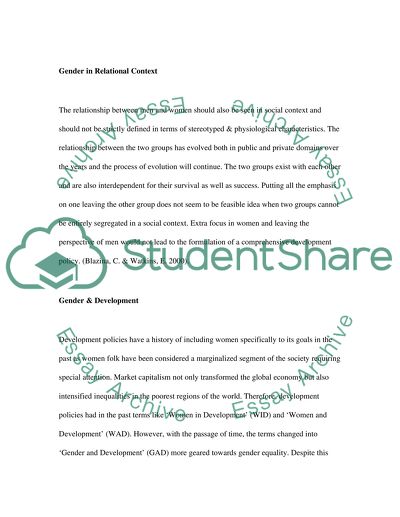Cite this document
(“Gender Essay Example | Topics and Well Written Essays - 2000 words”, n.d.)
Retrieved from https://studentshare.org/sociology/1532402-gender-essay
Retrieved from https://studentshare.org/sociology/1532402-gender-essay
(Gender Essay Example | Topics and Well Written Essays - 2000 Words)
https://studentshare.org/sociology/1532402-gender-essay.
https://studentshare.org/sociology/1532402-gender-essay.
“Gender Essay Example | Topics and Well Written Essays - 2000 Words”, n.d. https://studentshare.org/sociology/1532402-gender-essay.


